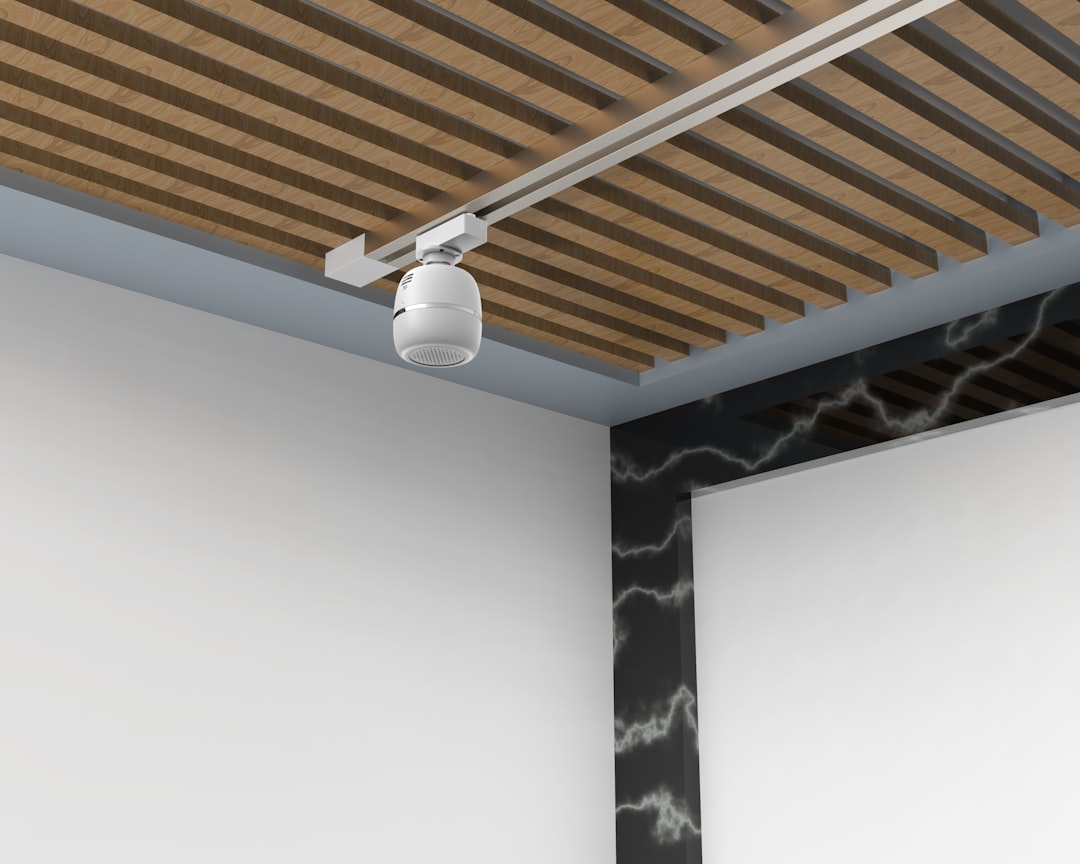For construction professionals, staying informed about labor cost trends in ceiling tile replacement is crucial for accurate bidding and maintaining profitability. This guide explores essential wage data and market insights for 2025, focusing on professional estimators and contractors.
Understanding the nuances of wage distribution in ceiling tile replacement can optimize your cost management strategies. The 2025 hourly wage for entry-level installers ranges from $15 to $20. Mid-level professionals earn between $25 and $35, while seasoned installers can demand $40 to $45 per hour. These insights aid in staffing and project budgeting.
Labor costs vary greatly across regions. Metro areas like New York and San Francisco, where the cost of living is high, often see rates exceeding $50 per hour. In contrast, the Midwest provides more economical options with rates around $20-$30 per hour. Tailoring your estimates to these regional factors can enhance bid competitiveness.
Structuring your crew efficiently is key. A typical ceiling tile replacement crew might include a foreman, a couple of skilled laborers, and helpers. Considering crew composition's impact on hourly burdens and total project costs is essential for accurate estimating.
The choice between drywall or acoustic tiles, prefabrication vs. custom work, and site conditions dictate labor hours. Understanding these variables helps control costs and optimize schedules.
Don't overlook travel, setup, and cleanup costs—often minimal, yet cumulatively significant. Including these in estimates prevents budget overruns and aligns project outcomes with financial forecasts.
Avoid cost overestimation by regularly updating your rate sheets, consulting regional wage data, and refining calculator tools to include contemporary inflation adjustments and area-specific variables.
Utilize specialized cost calculators to convert labor rates into unit prices efficiently, ensuring quick, reliable estimates.
Rates differ by location due to cost of living and demand factors.
Materials, job complexity, and crew experience are key factors.
Regular market research and the use of updated tools enhance precision.
